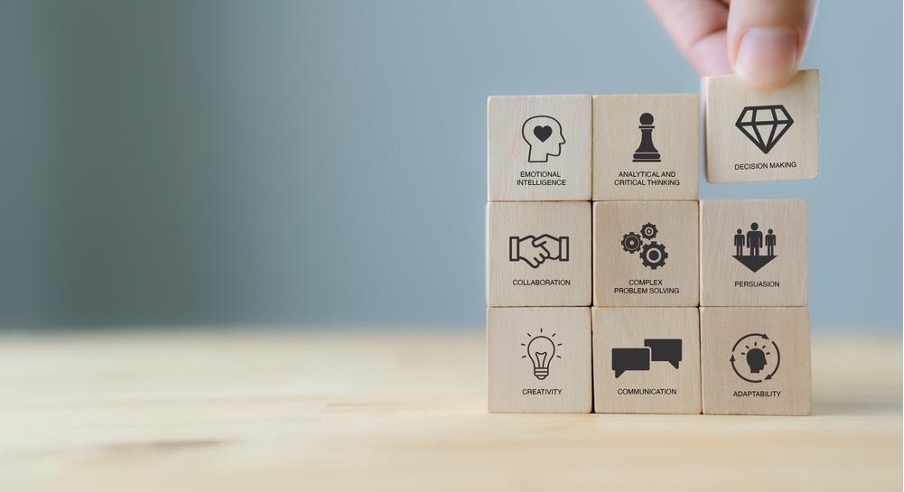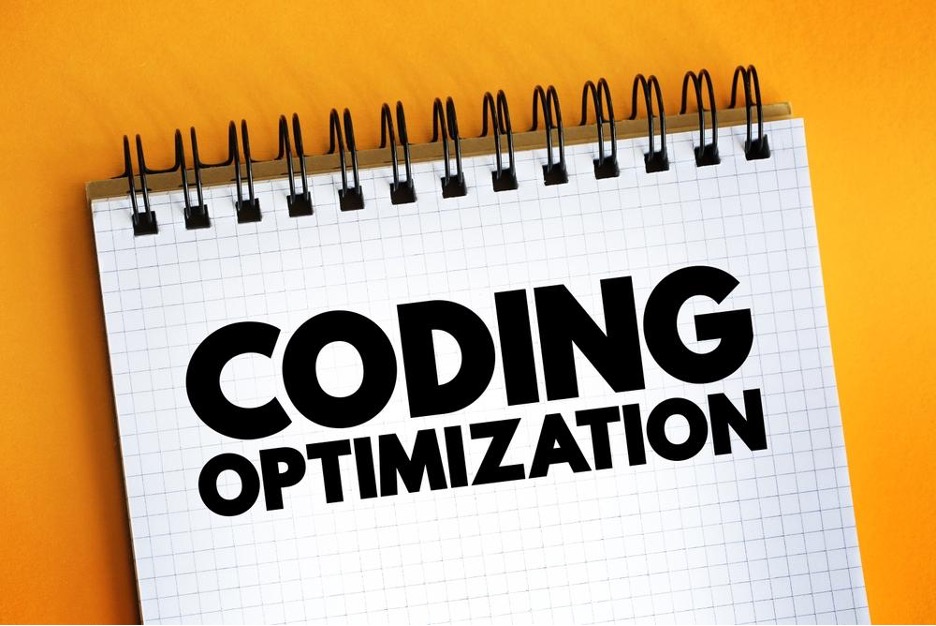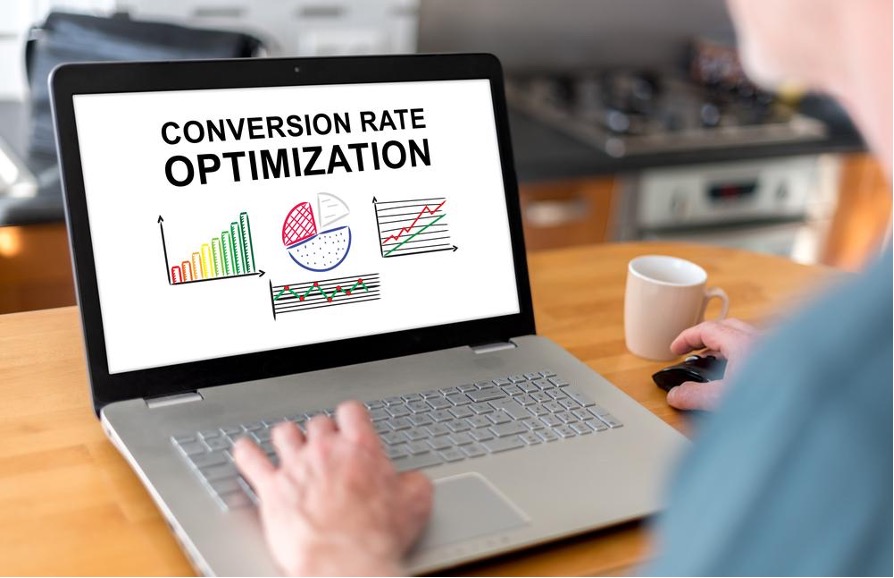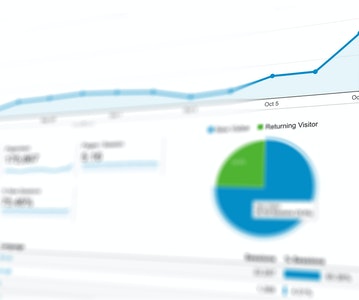This article is about Software Development
The 7 Steps of Usability Testing
By NIIT Editorial
Published on 28/02/2022
6 minutes
Do you want to conduct usability testing for your website or app? This guide will assist you in getting started. According to UX researchers, five representative test users can detect 85 percent of usability issues. That's right – only a small group of testers can troubleshoot your product for you. Companies that have reaped the benefits of usability testing include Dell, Slack, and WordPress. If you follow our advice, you'll be in a good position to do so as well.
This guide will teach you how to conduct usability testing in seven steps:
● Determine your research goals.
● Create scenarios for usability tasks.
● Decide on your testing procedures.
● Create a plan for usability testing.
● Identify and hire user testers.
● Organize usability testing sessions.
● Create a report on usability testing.
1. Identify your research objectives.
Research objectives in the context of user testing are hypotheses that you want to test with real users.
Try to answer the following questions when developing your research objectives:
What are you hoping to achieve in the broadest sense with the usability test? Depending on your product, the answer could be "improving my ecommerce store's sales" or "lowering the cart abandonment rate."
Let's go deeper: what feature or process determines the success or failure of what you're attempting to achieve? Returning to the first two examples, you may want to test the calls-to-action (to drive sales) or the transaction forms (to convert more shopping carts into purchases).
Create specific research questions centered on these pitfalls. Potential responses could include Are my calls-to-action visible to users?" or "Does my product description seem excessively long?
Now that you've identified specific research questions to test, it's time to turn them into objectives.
Testing usability is most effective when your research objectives are as follows:
● simple
● Specific
● actionable.
But, in the end, there are no "right" or "wrong" goals. User testing can be used to achieve a wide range of business objectives; therefore, you must examine your objectives from a business-specific perspective.
2: Create task scenarios for usability.
Usability task scenarios, also known as the "heart of a usability test," can determine a user test's success (or failure).
Usability tasks, in essence, inform your user:
what they need to do and where they need to go
Seems simple enough.
The basic principle of writing usability task scenarios is, in fact, very simple. Nonetheless, it is one of the most important steps in conducting a usability test and should not be overlooked. Don't make the mistake of rushing through this step. Otherwise, your customer experience test data may provide ineffective – or worse – inaccurate information.
3: Determine your testing procedures.
Now that you've determined your user research objectives and task scenarios, it's time to decide on the test's scope, format, and setting.
NN/g user researchers highlight the following three types of user testing research formats:
Remote vs. in-person; in-field vs. in-lab; unmoderated vs. moderated.
Eye-tracking technology is another intriguing subcategory of user testing methods. Eye-tracking is one of the best user testing methods for rich applications, according to UXmag. This is because eye-tracking allows test observers to see exactly where users are looking rather than guess. Eye-tracking tools are indeed useful for measuring unconscious behavior.
4: Create a plan for usability testing.
Once you've established your usability testing research objectives, task scenarios, and methods, it's time to write everything down in a usability test plan.
A usability test plan should always include the following components:
The scope of the test; the purpose of the test; the testing schedule and location; usability session descriptions; test participant information; usability task scenarios; data collection metrics; and the roles of usability testers
This document will play a critical role throughout the usability testing process. It will allow people unfamiliar with the study's details to quickly catch up, avoid confusion among team members, and streamline the development process for future studies.
5: Find user testers.
The number of user testers you hire is determined by the type of study you are conducting.
Qualitative usability testing typically requires fewer participants (NN/g recommends 5 attendees for the best ROI if a single focus group is used).
Quantitative usability testing, on the other hand, necessitates a larger sample size to yield useful results. Each focus group should have between 20 and 30 participants, according to NN/g. When using eye-tracking software or testing a content-rich website, quantitative usability testing is frequently required.
6: Carry out usability testing sessions.
The scope and format of your usability testing sessions will heavily influence how you conduct them. However, the fundamental elements of a usability testing session are always the same – consumer behavior attempt to complete task scenarios while observers supervise the sessions.
What you discover during the sessions can be life-changing at times. On the other hand, these devastating findings will aid in making your product more human-centered and user-friendly.
7: Create a report on usability testing.
Now that the usability testing sessions have been completed, it is time to write a report summarising your findings. When reporting the results of usability tests, try to rank the severity of any usability issues discovered during the sessions. Make certain that any obvious issues in user experience designing are highlighted, along with descriptions of the issues.
When writing your usability evaluation report, consider if the data you collected is largely qualitative.
Post Graduate Program in Full Stack Software Engineering
Be job-ready! Earn a min. CTC of ₹8LPA with this placement-assured program*
Placement Assured Program*
Deep Skilling
 Sign Up
Sign Up















































































































































































































































































































































































































































































